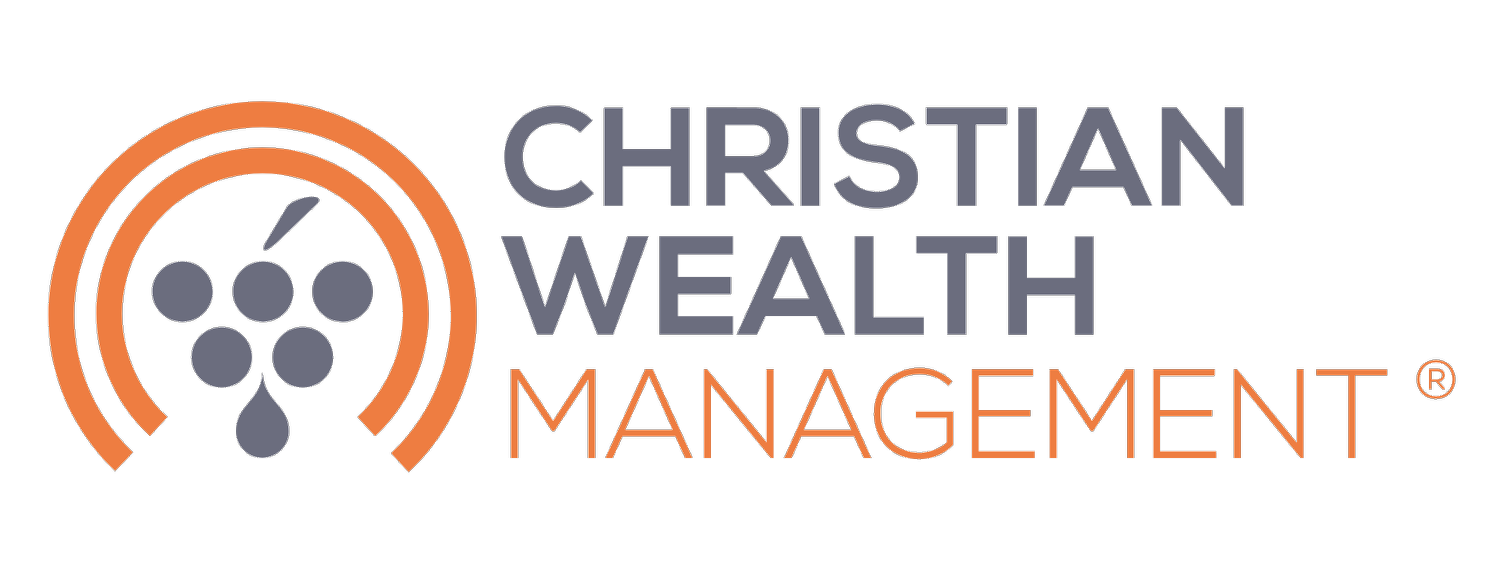SECURE ACT 2.0 - MAJOR UPDATES YOU NEED TO KNOW ABOUT
The Setting Every Community Up for Retirement Enhancement (SECURE) Act 2.0 retirement bill passed on 12/23/22 as part of the much larger Consolidated Appropriations Act of 2023. In it comes a number of key changes to retirement accounts and education accounts, some of which may have an impact on your household finances. I’ll quickly cover the key changes you need to know about without getting into the weeds.
REQUIRED MINIMUM DISTRIBUTIONS: The age at which retirees have to start drawing down their pre-tax retirement dollars has been pushed back again to 73. The change will only apply to those turning 72 after 12/31/22 and 73 before 1/1/2033. Furthermore, those turning 74 after 12/31/32 won’t have to start RMDs until age 75! Also, if your younger spouse dies before you, you now have more RMD options – namely that you can be treated as if you were the younger spouse. The main benefits of the change would be waiting longer to start RMDs and taking out smaller amounts than previously allowed.
ROTH MONEY: Starting in 2024, you will no longer have to take an RMD on Roth dollars sitting in an employer-sponsored retirement plan. Also, since SEP IRAs and Simple IRAs came into existence, they didn’t allow Roth contributions. As of the first of the year, they do! In a similar vein, employer-sponsored plans (like 401ks & 403bs) now allow a Roth match. It has always been that an employer match must be made with pre-tax dollars. Last but not least, retirement plan catch-up contributions (for those over age 50) must now be made exclusively with Roth (after-tax) dollars if you made over $145k in the previous year.
CATCH-UP CONTRIBUTIONS: Effective in 2025, 401k and similar plan accounts will allow catch-up contributions up to $10k per year for pre-retirees between ages 60 and 63. That limit is currently capped at $7,500 in 2023.
529 PLANS: Unused 529 Plan monies can now be transferred into a Roth IRA. There are many stipulations, like the fact that the 529 Plan must be open 15 years before a transfer can be made. There’s also a lifetime cap of $35k and the annual transfer limit is equal to the Roth IRA contribution limit. At the end of the day, it’s a win since it only creates more flexibility to fund Roth IRAs sooner and get unspent dollars out of 529 Plans without the penalty.
LATE RMD PENALTIES REDUCED: Historically, the penalty for missing an RMD is 50% of what should have been distributed – a hefty sum. Starting this year, that penalty is reduced to 25% and if you correct a late RMD within the allowable window, it can be reduced further to just 10%.
EMERGENCY SAVINGS ACCOUNTS: In 2024, you will start seeing Emergency Savings Accounts being offered alongside your 401k/403b plan. These accounts will allow you to stock money away for unexpected expenses through payroll deduction. They will not be offered to highly-compensated employees and cannot accept more than $2500 in contributions, but they will allow withdrawals to come out tax and penalty-free at any age.
OTHER CHANGES: There were many other changes made in the SECURE Act 2.0 that are not in the scope of this short post designed to give most readers a flyover view. If you’d like to read a more comprehensive piece, check out https://www.kitces.com/blog/secure-act-2-omnibus-2022-hr-2954-rmd-75-529-roth-rollover-increase-qcd-student-loan-match/.
Sources:
